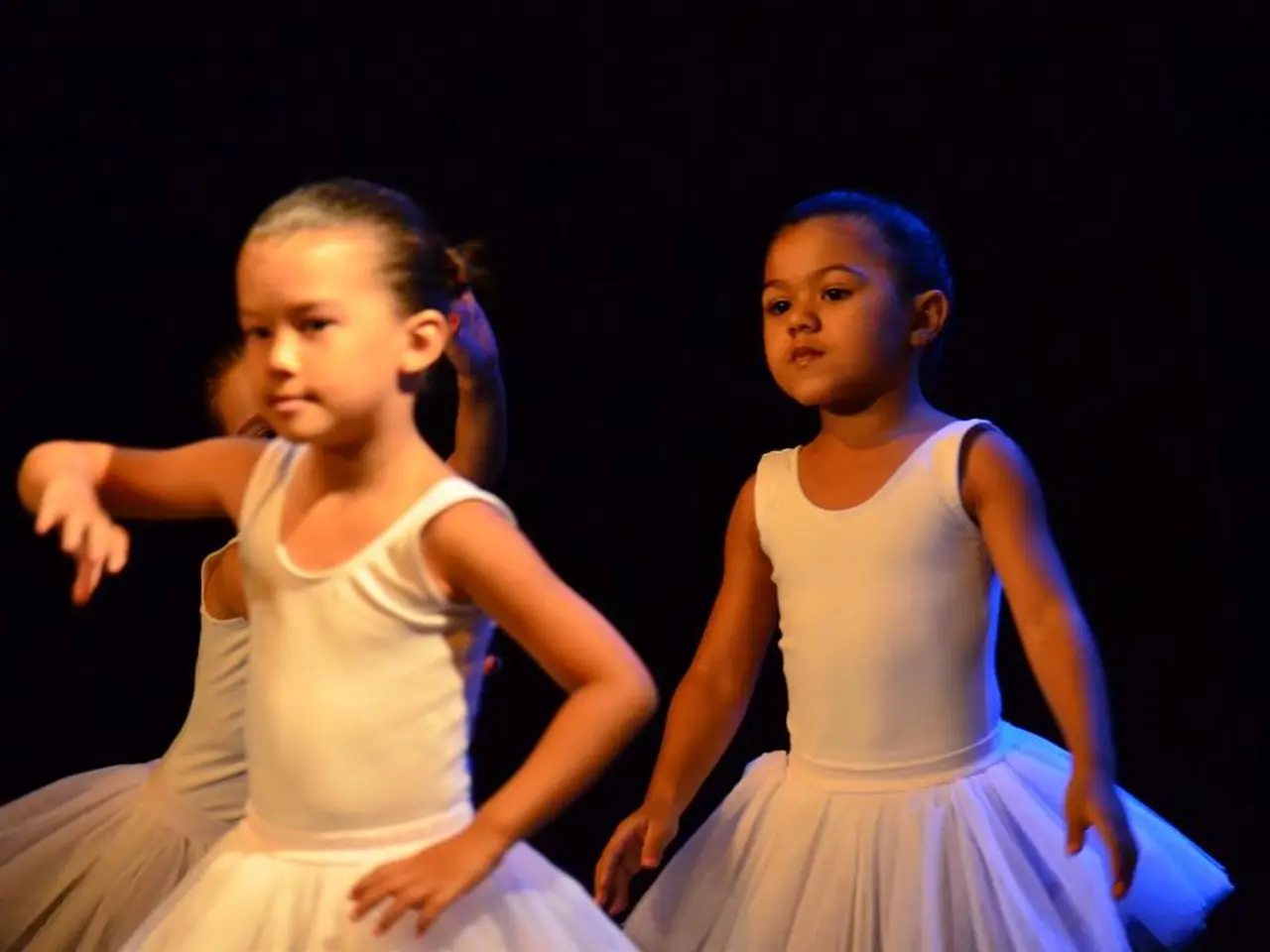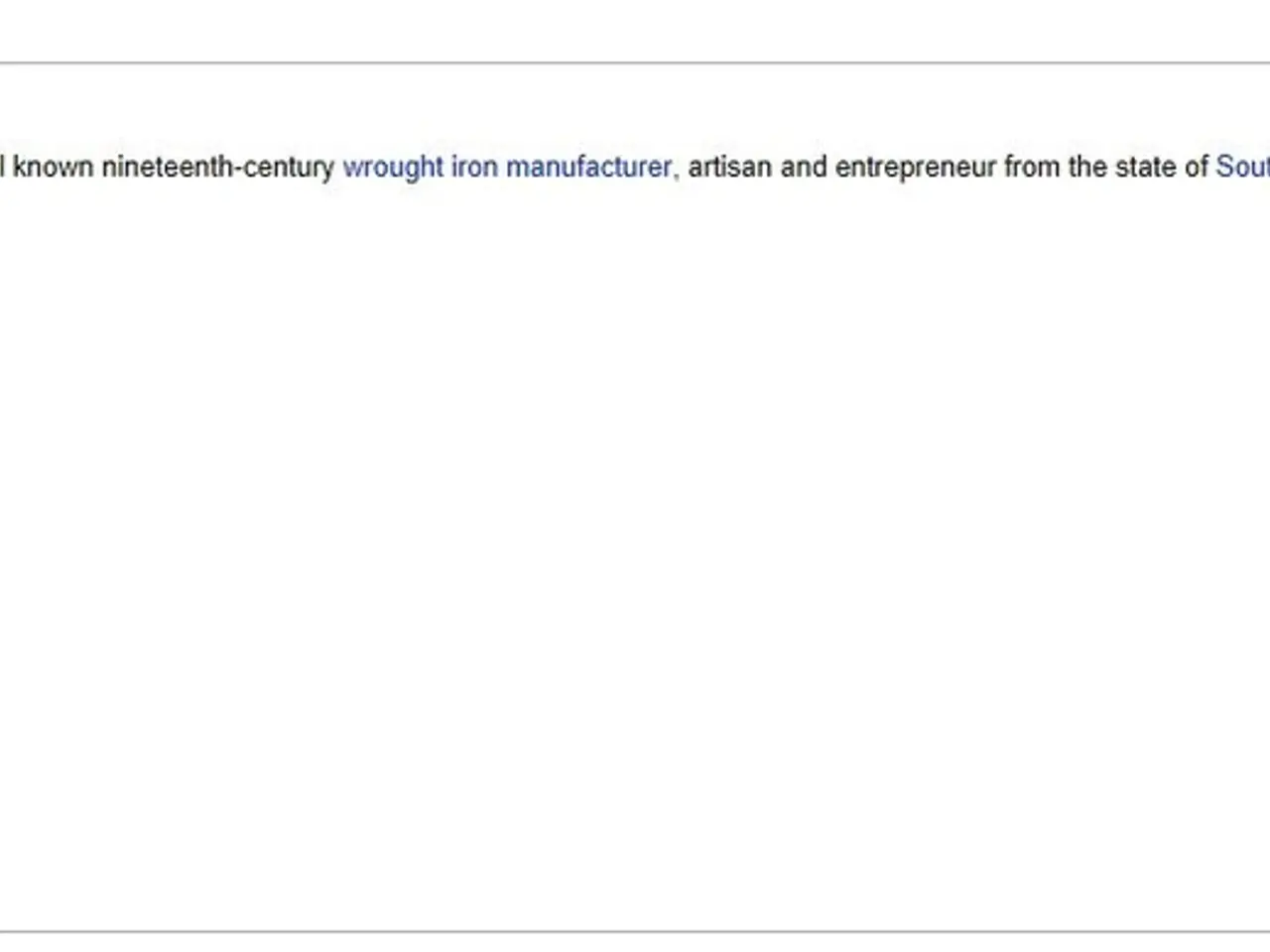Behind the Scenes of Midsommar: The Director's Magnus Opus
===========================================================
Ari Aster's Midsommar (2019) is a modern classic in psychological horror, captivating audiences with its unique blend of daylight horror, slow-burn pacing, and rich symbolism embedded in ritualistic cult behavior. Unlike traditional horror films, Midsommar uses pastoral, sunlit settings to create an eerie contrast between the serene environment and the psychological terror, intensifying the sense of existential dread and emotional horror.
Key unique elements and techniques include:
- Daylight horror: The horror unfolds mostly in broad daylight, subverting traditional horror aesthetics and amplifying the surreal, disorienting atmosphere.
- Exploration of grief and psychological trauma: The film delves into complex themes of grief and interpersonal relationships, making the horror more psychological and existential rather than solely physical.
- Attention to cultural detail and mythology: The film incorporates authentic Swedish folk traditions, language, Norse runes, and ritualistic imagery that enrich the narrative's immersive quality and deliver layered meanings.
- Subtle audiovisual clues and hidden details: Color symbolism is carefully used, such as the altered appearance of Christian’s drink indicating a love potion made from menstrual blood, highlighting manipulation and control within the cult.
- Slow-burn storytelling with sudden graphic violence: The narrative builds unease through meticulous mise-en-scène and long takes, punctuated by shocking, visceral moments that intensify the emotional impact.
- Themes of communal control vs. individual agency: The film probes how cult rituals erode personal autonomy, placing the protagonist in a conflict that is both psychological and social.
These elements, combined with Aster’s distinct style of blending dark comedy, horrific imagery, and existential themes, position Midsommar as a standout work in contemporary psychological horror cinema.
One of the most compelling aspects of Midsommar is the transformation of the protagonist, Dani, from a grief-stricken and codependent individual to a figure of empowerment and autonomy. Her journey is marked by the evolution of her flower crown from a symbol of innocence to one of empowerment and transformation.
The May Queen ceremony in Midsommar symbolizes Dani's emergence as a central, empowered figure within the Hårga community, representing her newfound strength and identity. However, this acceptance comes after Dani confronts and overcomes Christian's betrayal, which serves as a turning point for her, prompting her to sever ties with her past dependencies.
Ari Aster masterfully uses visual storytelling in Midsommar, with the film's lush, vibrant cinematography reflecting Dani's inner world. Minimalist soundscapes often leave the viewer anticipating the next moment of horror, adding to the overall sense of tension and unease. Diegetic music, such as traditional instruments and communal singing, enhances the feeling of immersion and unease.
In Midsommar, light and darkness contrast sharply, highlighting the dichotomy between appearance and reality. Jarring contrasts disrupt the viewer's sense of security with sudden, sharp noises. The film's score, composed by Bobby Krlic (The Haxan Cloak), employs a mix of traditional Scandinavian folk music and eerie, modern ambient sounds.
Midsommar is set in the perpetual daylight of a Scandinavian summer, subverting traditional horror tropes. Ari Aster has carved out a niche in horror by using psychological dread and cultural dissonance, establishing himself as a significant voice in the genre.
- The director, Ari Aster, has positioned himself as a significant filmmaker in the genre, carving out a niche with psychological dread and cultural dissonance, particularly in the festival circuit.
- After the success of Midsommar, Aster's distinctive style of blending dark comedy, horrific imagery, and existential themes can be found in various movies-and-tv productions, expanding his reach in the entertainment industry.
- For film enthusiasts and bookworms alike, Aster's works offer a unique fusion of cinematography and animation techniques, making his films must-watch for fans of animation and cinema.
- Aside from thrilling audiences with his horrors, Aster's movies also inspire filmmakers and entertainers, who study his techniques in animation, cinematography, and storytelling.
- With his breakout film Midsommar, Aster showcased his mastery of visual storytelling, using both books and films to delve into themes of psychological trauma, communal control, and the empowerment of characters striving for freedom.







